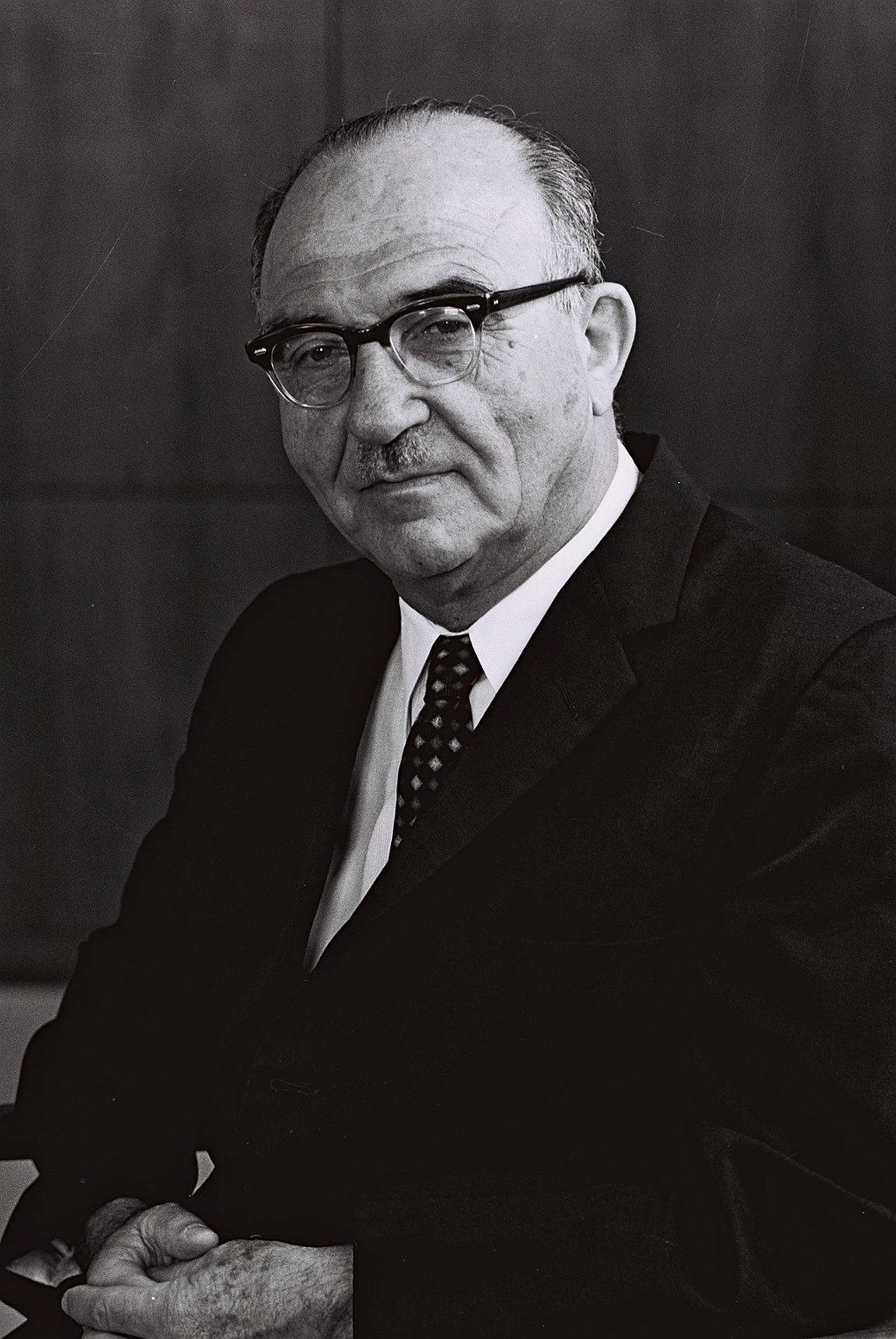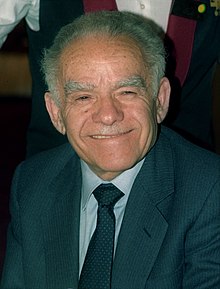Introduction
Reuven Rubin was one of Israel’s most celebrated painters, known for capturing the spirit of the emerging Israeli state through his evocative landscapes and depictions of daily life. Born on November 13, 1893, in Romania, Rubin emigrated to the Land of Israel in the early 20th century and became a prominent figure in the burgeoning Israeli art scene. His work is characterized by its vivid colors, naive style, and portrayal of the land and its people, celebrating the beauty and simplicity of life in Israel.
Early Life and Artistic Training
Reuven Rubin was born in Galați, Romania, and showed an early interest in art. He studied at the Academy of Fine Arts in Bucharest before moving to Paris, where he was exposed to various avant-garde movements, including Fauvism and Post-Impressionism. In 1923, Rubin moved to the Land of Israel, where he found inspiration in the landscape, culture, and people of the region, which became central themes in his work.
Artistic Style and Themes
Rubin’s style is often described as naive and joyful, emphasizing the beauty of the land and the harmonious relationship between people and nature. His use of bold, bright colors and simple forms conveyed a sense of optimism, reflecting the pioneering spirit of the early Zionist movement. Works such as ‘View of Safed’ and ‘Tiberias, Sea of Galilee’ are iconic representations of the Israeli landscape, capturing its essence through vibrant, expressive brushwork.
Rubin was also deeply influenced by the diverse cultures he encountered in Israel, including Jewish, Arab, and Christian communities. His paintings often feature figures in traditional clothing, as well as scenes of communal life, celebrating the rich cultural tapestry of the region.
Role in Israeli Art and Legacy
Reuven Rubin played a crucial role in shaping Israeli art during its formative years. He was one of the founders of the Israeli art scene, and his work was instrumental in establishing a visual language that resonated with the new nation’s identity. Rubin was the first Israeli artist to represent the country in international exhibitions, helping to put Israeli art on the global map.
In addition to his work as a painter, Rubin served as Israel’s first ambassador to Romania, further strengthening cultural ties between Israel and his country of birth. His art continues to be celebrated for its ability to convey the beauty and spirit of the land and its people, resonating with viewers to this day.
Awards and Recognition
Reuven Rubin received numerous honors for his contributions to Israeli culture, including the Israel Prize for Painting in 1973. His work is featured in major collections, including the Israel Museum in Jerusalem and the Tel Aviv Museum of Art. The Rubin Museum in Tel Aviv, which was once his home, is dedicated to preserving and showcasing his legacy.
Legacy and Influence
Reuven Rubin’s influence on Israeli art is profound, as he helped define the visual language of a young nation. His paintings continue to be celebrated for their warmth, simplicity, and the deep connection they convey to the land of Israel. Rubin’s legacy lives on through his timeless works, which offer a window into the early days of the country and its pioneering spirit.



